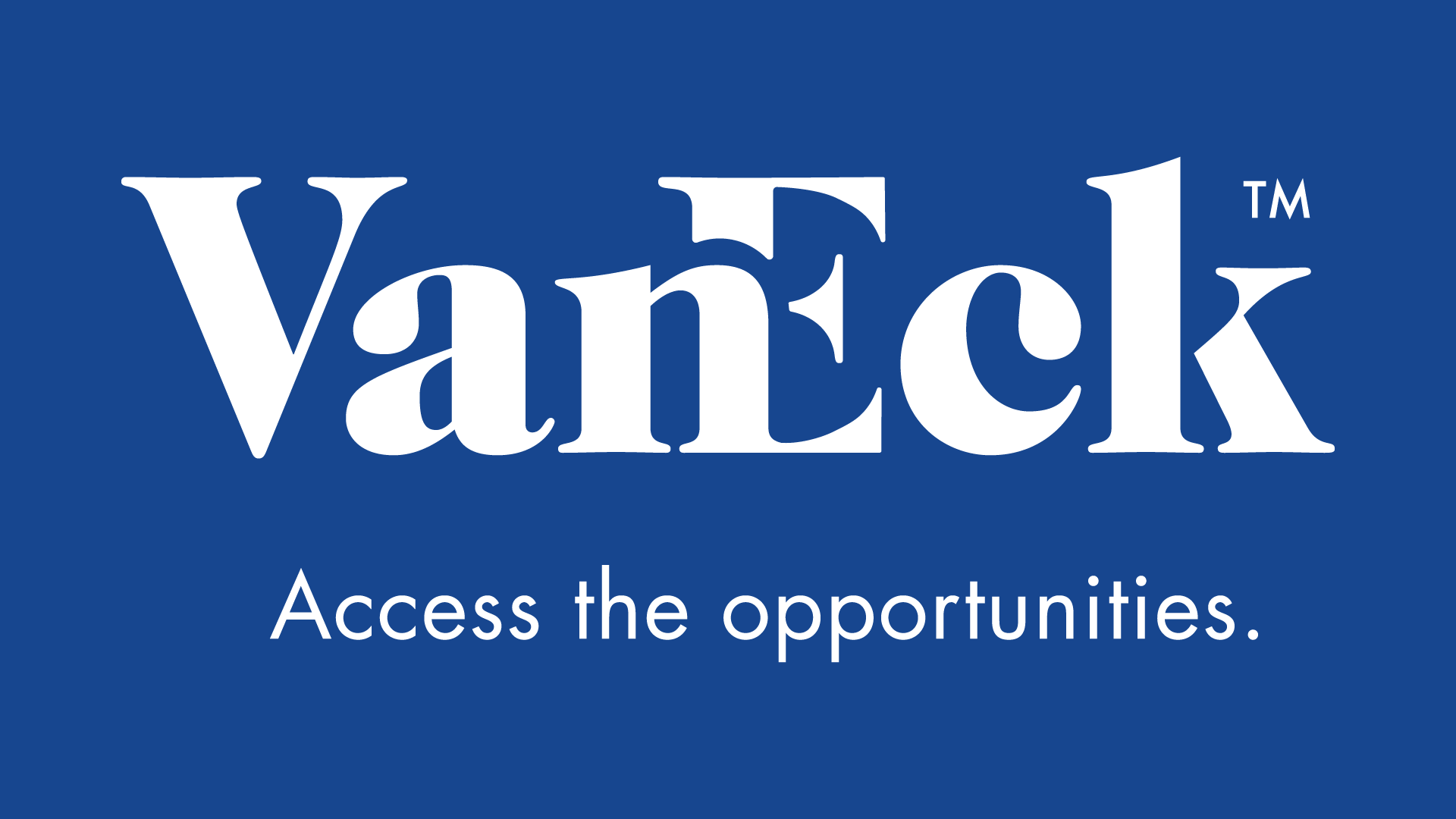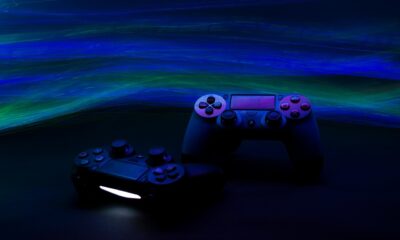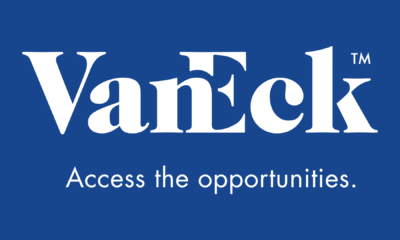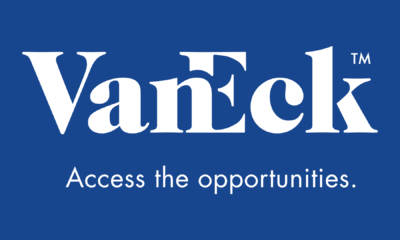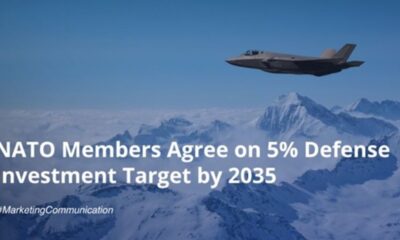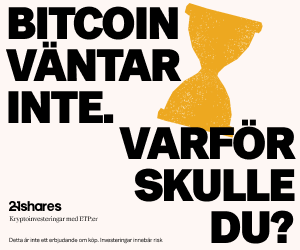Commodities Show Signs of Recovery Morris: ”We have seen commodities prices stabilize and some very encouraging signs…. We believe this is the kind of action that could set the stage for a longer term positive cycle.”
Morris follows up on his November 2015 video on commodities, with this fresh look at the commodities landscape.
https://www.youtube.com/embed/deLkCXPT358
Prices Stabilize in First Quarter
TOM BUTCHER: The last three to four years have been challenging for commodities but it appears that prices have stabilized. Is that right?
ROLAND MORRIS: It is certainly starting to look like that. In the first quarter of 2016, we have seen prices stabilize and some very encouraging signs. We have also seen some recovery in commodity currencies. Gold bottomed in December 2015 and it is now up about 20% off that low [period from 12/17/15 to 3/22/16]. We had copper bottom in January and it is now about 17% off its low [period from 01/15/16 to 3/22/16]. Crude oil bottomed in February and it is up about 16% for the year [YTD as of 3/22/16]. We have seen what appears to be a base-building over the past two quarters. This is very encouraging. We believe it is the kind of action that could set the stage for a longer term positive cycle. Last year in 2015 we experienced what was a false start, but this year it feels more like this could be the real thing.
Confidence Improves as China Fears Lessen
BUTCHER: Going into 2016 there was major concern about the outlook for China. Has that been ongoing?
MORRIS: I think that is one of the factors that contributed to what appears to be improving price trends in commodities. When you look back to the beginning of this year to January, we experienced a major decline in China’s stock market and its currency. This caused tremendous fear among investors that the worst case scenario was about to play out in China and that would have been a hard landing and possibly a forced currency devaluation because of capital flight. Since then things have calmed down a great deal. In February, capital outflows from China slowed markedly. I believe this is one of the key reasons we are seeing some restored confidence in commodities right now.
Fed’s Softening on Rates Helps Commodities
BUTCHER: Are there any other factors that have helped improve the outlook for commodities?
MORRIS: I believe another important factor in commodities’ recent strength has been the shift by the U.S. Federal Reserve (Fed). The Fed indicated at its March meeting that it viewed current global financial developments as negative and it felt it needed to defer its proposed tightening program. That set the stage for some weakness in the U.S. dollar. The strengthening dollar trend had been one of the major headwinds facing commodities over the past three years. I think investors are starting to believe that the Fed will not be aggressive in raising rates and this has put a cap on the U.S. dollar’s appreciation, which has been very helpful for commodities.
BUTCHER: Can you provide me additional details about stabilization across the commodity spectrum?
MORRIS: We started making the following argument late last summer. We have felt that because of the reduction in capex (capital expenditure) across a number of commodities sectors and curtailment of investment, particularly in energy and industrial metals, investors have underappreciated the supply response. This is what we consider the fundamental story. Combined with improvements in some of these macro factors, this is what supports our point of view that this is the beginning of a new, positive cycle for commodities. It is against this backdrop, i.e., the reduction in supply, that we consider when looking out over the next two to five years.
Why this Period is Different from a Year Ago
BUTCHER: Do you think this is one of the distinguishing features between now and the situation back at the beginning of 2015?
MORRIS: Last year we certainly had some encouraging signs at the beginning of the second quarter, including appreciating price trends when crude oil went from $40 per barrel to $60 per barrel. Unfortunately that just petered out as the year progressed. I think the difference this time is the duration. We like to talk about fixing low prices, which requires a period of time to take hold. I think what is different now is we are a whole year further into the cycle and those capex cancellations from reduced investment may bring down supply significantly. From my perspective, the reason this may not be a false start is that we’ve had a longer period of low prices and it is both low prices and their duration that I believe help form a base.
BUTCHER: Have you had any interesting questions crop up in recent meetings with investment clients?
Interest in Commodities is on the Upswing
MORRIS: Yes. Just recently a client asked me what I think about our investments at VanEck in natural resources, including gold, etc. The client inquired how those investments might work in the event of a major negative geopolitical event. I had not been asked that question before. When you think about it, gold investments have the potential to provide protection in an unsafe environment. Additionally, natural resources by themselves can be considered a safety in a volatile investment climate because they are hard assets. The client’s question was interesting and I do think natural resources and gold in particular can do well in a tough environment.
BUTCHER: Have you been seeing any change in investor sentiment?
MORRIS: Overall I think clients have been more receptive. We have spent considerable time over the past few months meeting with institutional clients as well as other types of investors. My sense is that investors are starting to believe that now might be the time to consider either increasing natural resource investments or looking at them for the first time. I think this is partially because price trends have obviously improved in the first quarter. I also think most investors believe the Fed is unlikely to become aggressive with monetary tightening. We feel the Fed is more worried about the global growth environment and consequently it will probably keep the U.S. dollar contained. I think investors are starting to recognize that without the headwind of an appreciating U.S. dollar, natural resources may appear more attractive.
IMPORTANT DISCLOSURE
This content is published in the United States for residents of specified countries. Investors are subject to securities and tax regulations within their applicable jurisdictions that are not addressed on this content. Nothing in this content should be considered a solicitation to buy or an offer to sell shares of any investment in any jurisdiction where the offer or solicitation would be unlawful under the securities laws of such jurisdiction, nor is it intended as investment, tax, financial, or legal advice. Investors should seek such professional advice for their particular situation and jurisdiction. You can obtain specific information on VanEck strategies by visiting Investment Strategies.
The views and opinions expressed are those of the speaker and are current as of the video’s posting date. Video commentaries are general in nature and should not be construed as investment advice. Opinions are subject to change with market conditions. All performance information is historical and is not a guarantee of future results. For more information about Van Eck Funds, Market Vectors ETFs or fund performance, visit vaneck.com. Any discussion of specific securities mentioned in the video commentaries is neither an offer to sell nor a solicitation to buy these securities. Fund holdings will vary. All indices mentioned are measures of common market sectors and performance. It is not possible to invest directly in an index. Information on holdings, performance and indices can be found at vaneck.com.
Please note that Van Eck Securities Corporation offers investment products that invest in the asset class(es) included in this video.
You can lose money by investing in a commodities fund. Any investment in a commodities fund should be part of an overall investment program, not a complete program. Commodities are assets that have tangible properties, such as oil, metals, and agriculture. Commodities and commodity-linked derivatives may be affected by overall market movements and other factors that affect the value of a particular industry or commodity, such as weather, disease, embargoes or political or regulatory developments. The value of a commodity-linked derivative is generally based on price movements of a commodity, a commodity futures contract, a commodity index or other economic variables based on the commodity markets. Derivatives use leverage, which may exaggerate a loss. A commodities fund is subject to the risks associated with its investments in commodity-linked derivatives, risks of investing in wholly owned subsidiary, risk of tracking error, risks of aggressive investment techniques, leverage risk, derivatives risks, counterparty risks, non-diversification risk, credit risk, concentration risk and market risk. The use of commodity-linked derivatives such as swaps, commodity-linked structured notes and futures entails substantial risks, including risk of loss of a significant portion of their principal value, lack of a secondary market, increased volatility, correlation risk, liquidity risk, interest-rate risk, market risk, credit risk, valuation risk and tax risk. Gains and losses from speculative positions in derivatives may be much greater than the derivative’s cost. At any time, the risk of loss of any individual security held by a commodities fund could be significantly higher than 50% of the security’s value. Investment in commodity markets may not be suitable for all investors. A commodity fund’s investment in commodity-linked derivative instruments may subject the fund to greater volatility than investment in traditional securities.
Investing involves risk, including possible loss of principal. An investor should carefully consider investment objectives, risks, charges and expenses of the investment company before investing. Call 800.826.2333 or click below to obtain a prospectus and summary prospectus which contain this and other information. Please read the prospectus and summary prospectus carefully before investing.
No part of this material may be reproduced in any form, or referred to in any other publication, without express written permission of Van Eck Securities Corporation. © Van Eck Securities Corporation.
by Roland Morris, Portfolio Manager and Strategist
Roland Morris is a veteran of commodities investing with more than 35 years of experience. Morris is Portfolio Manager and Strategist for commodity investing at VanEck, and is a member of both the commodities and hard assets investment teams. Read full bio.
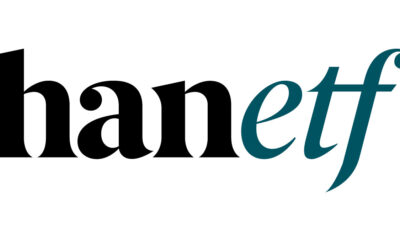
 Nyheter4 veckor sedan
Nyheter4 veckor sedan
 Nyheter4 veckor sedan
Nyheter4 veckor sedan
 Nyheter3 veckor sedan
Nyheter3 veckor sedan
 Nyheter4 veckor sedan
Nyheter4 veckor sedan
 Nyheter3 veckor sedan
Nyheter3 veckor sedan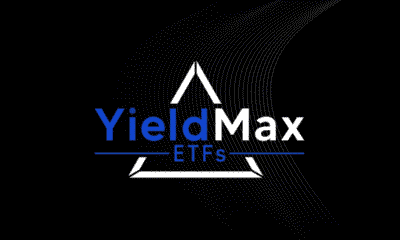
 Nyheter3 veckor sedan
Nyheter3 veckor sedan
 Nyheter4 veckor sedan
Nyheter4 veckor sedan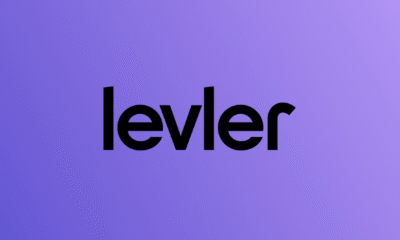
 Nyheter1 vecka sedan
Nyheter1 vecka sedan
